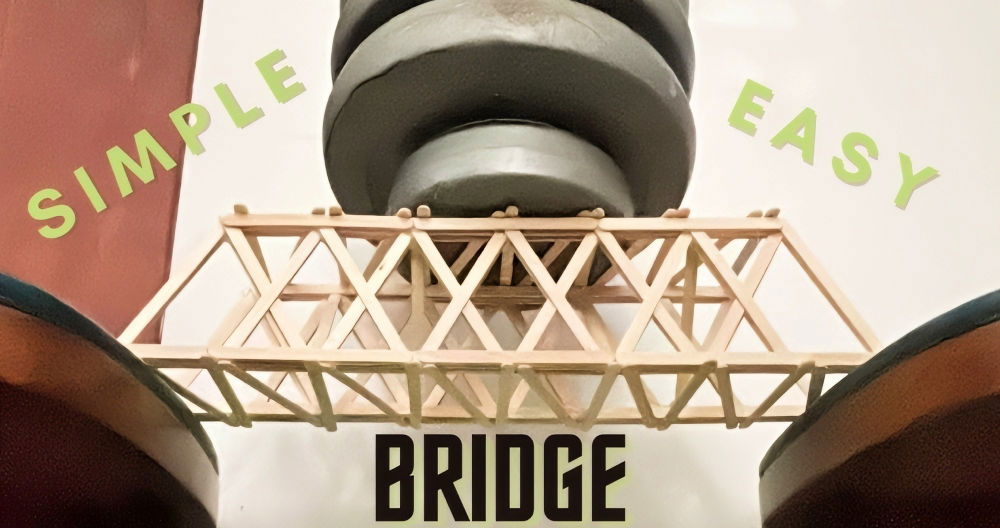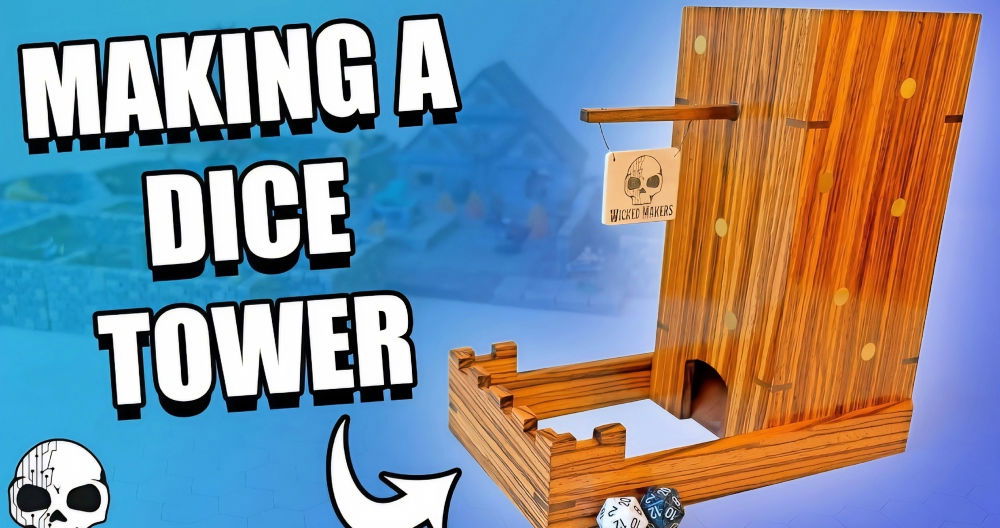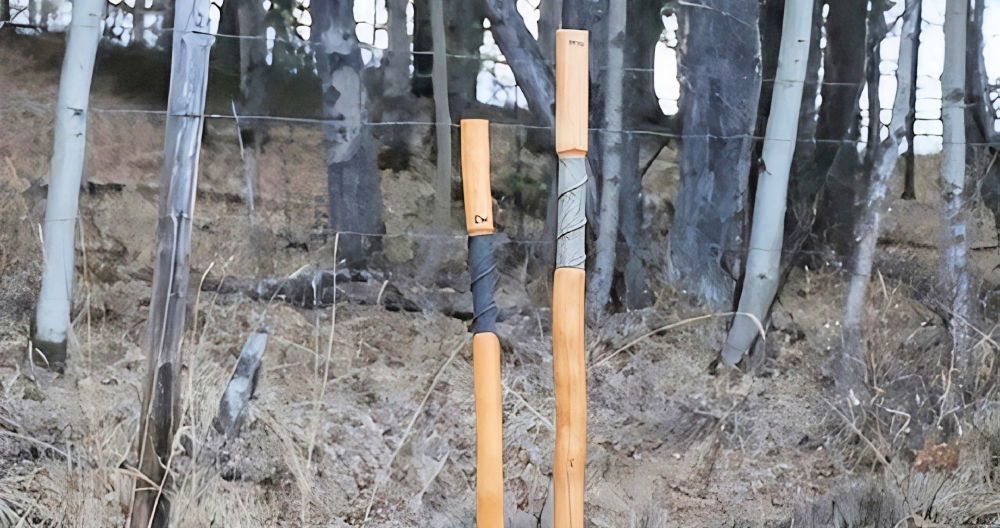Popsicle stick towers are a fun and educational way to explore engineering principles, specifically how structures can resist forces like compression. Follow this guide to learn how to build a durable popsicle stick tower that can handle compressive loads. Using basic materials, you'll gain insight into structural mechanics, lateral bracing, and load distribution.
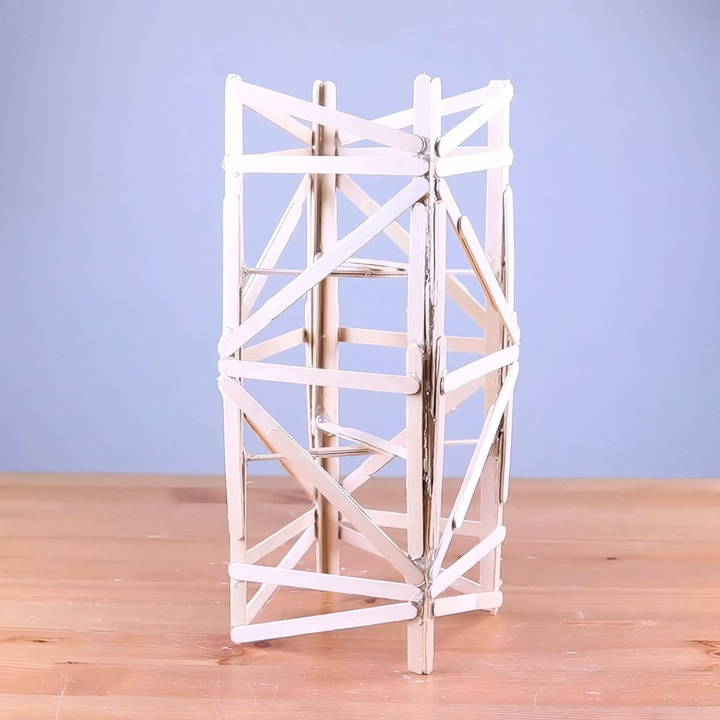
What You'll Need and What You'll Learn
For this project, we'll use 84 popsicle sticks and some basic craft supplies to build a vertical tower approximately 31 cm (12-3/16 inches) tall. This tower's strength comes from its design, which includes four corner columns reinforced by ties and diagonal braces. By following these steps, you'll learn:
- How to enhance the compressive strength of a structure.
- The importance of lateral bracing in preventing buckling.
- Tips to keep your tower stable and level.
Let's get started on building a popsicle stick tower that's both sturdy and educational!
Materials Needed
Before you start building, gather these supplies:
- 84 popsicle sticks (regular size)
- Wood glue or a hot glue gun
- Ruler or measuring tape
- Clamps (optional, to hold the sticks in place while the glue dries)
- Level (for checking alignment)
Step by Step Instructions
Learn how to build a sturdy popsicle stick tower with step-by-step instructions, ensuring stability and strength while applying key engineering principles.
Step 1: Plan the Tower's Structure
The tower will have four main corner columns to provide the primary vertical support. Each corner column consists of several popsicle sticks glued together to form a strong base. The columns are connected by horizontal ties and diagonal braces, which play a critical role in preventing buckling under compression.
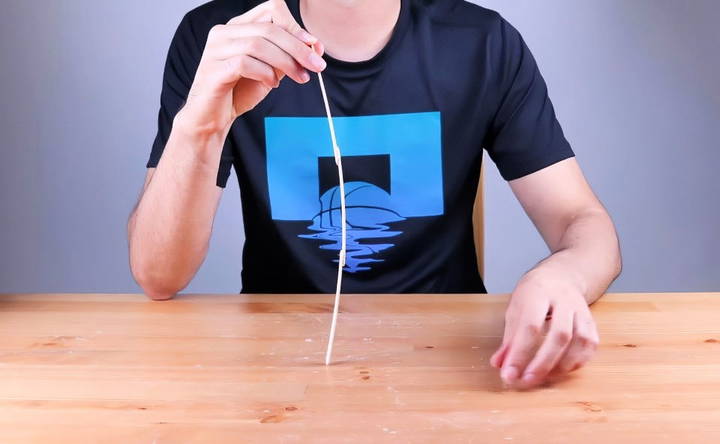
- Why This Matters: Individually, popsicle sticks cannot withstand much compressive force; however, when arranged in a stable structure with lateral support, they can bear a greater load.
Step 2: Build the Corner Columns
Each corner column forms the skeleton of your tower, providing vertical support. Here's how to construct them:
- Glue two popsicle sticks together lengthwise, making a single long stick. Repeat this step until you have enough to build four columns of the desired height.
- Layer popsicle sticks within each column, reinforcing them for extra strength. For each column, you may use about 6-8 sticks to ensure stability.
- Let the glue dry thoroughly before moving on to the next step.
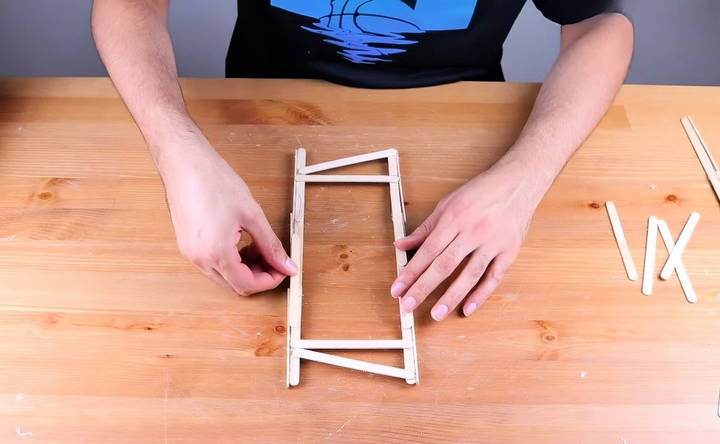
Tip: Make sure each column is of equal length for a level tower. Using a ruler or measuring tape, check the height of each column to ensure consistency.
Step 3: Attach Horizontal Ties to Connect Columns
The horizontal ties help distribute load evenly across the structure and prevent the columns from splaying outward. Follow these steps:
- Position the four columns in a square formation on a flat surface.
- Attach a horizontal tie (a single popsicle stick) between two columns at the base level, securing it with glue.
- Repeat this process until all four columns are connected at the base with horizontal ties.
- Add additional ties at intervals of about 3-4 cm up each column. These intervals ensure that load is distributed along the entire height of the tower.
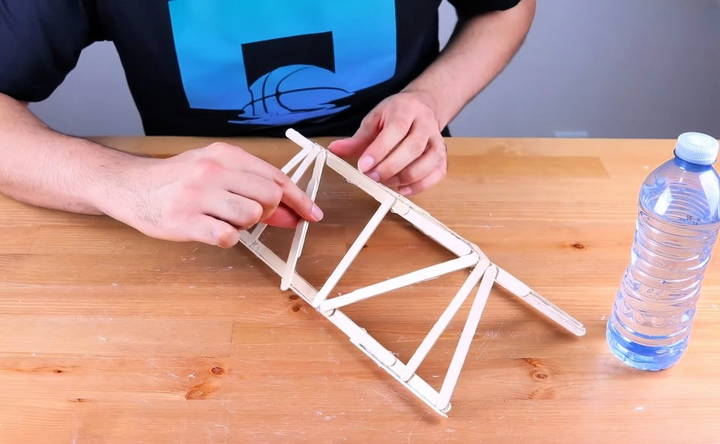
Tip: Allow each layer to dry before adding the next to prevent shifting. Use a level to check that the columns remain vertical as you add ties.
Step 4: Add Diagonal Braces for Lateral Stability
Diagonal braces are essential in preventing your tower from collapsing under a compressive load. They work by transferring some of the force from vertical to horizontal, thus resisting buckling.
- Place a popsicle stick diagonally between two columns, making a brace. Start with one corner and work your way around.
- Secure each diagonal with glue at both ends and let it dry completely.
- Continue adding braces to each level of the tower, alternating the direction of the diagonals as you go up. This zig-zag pattern helps distribute force more effectively and keeps the tower stable.
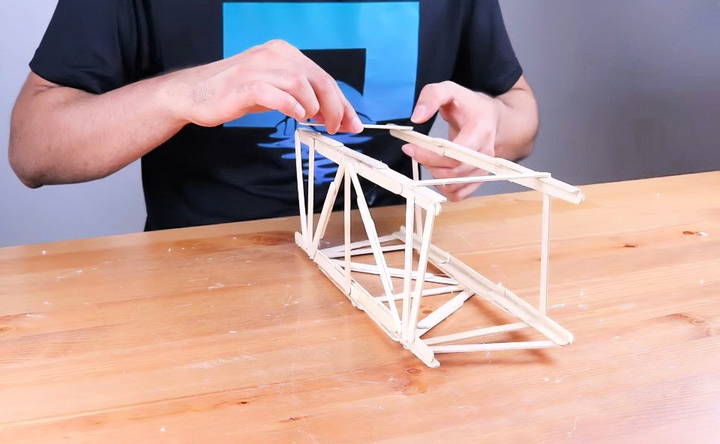
Why This Step Matters: Diagonal bracing reduces the tower's vulnerability to lateral forces, helping it stay upright even as it bears weight.
Step 5: Level the Base and Top for Even Load Distribution
An essential aspect of any structure under compressive load is its ability to stay level. Uneven surfaces can lead to instability and toppling.
- Use a level to check that the base of the tower is even. Adjust as needed by sanding or trimming popsicle sticks slightly.
- Do the same for the top, ensuring that each support point is level with the others. This ensures that any load placed on top is distributed evenly across all four columns.
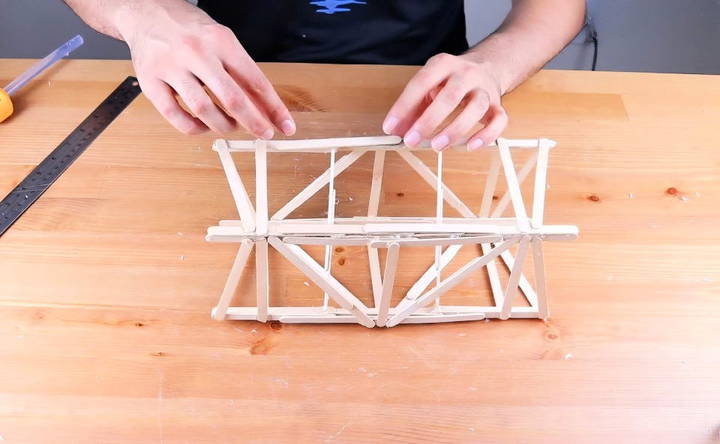
Note: Taking time to level both the top and bottom of the structure significantly increases its load-bearing capacity.
Testing the Tower's Strength: How Much Can It Hold?
Once your tower is complete and the glue has fully dried, you can begin testing its ability to withstand compressive force. Here are some fun ways to experiment:
- Incrementally add weight to the top of the tower. You can use objects like books or small weights.
- Observe how the tower behaves as you add weight. Ideally, the tower should remain stable and resist buckling thanks to the diagonal braces and horizontal ties.
- Challenge yourself by testing different tower designs. How much can a tower hold if you increase the number of diagonal braces or ties?
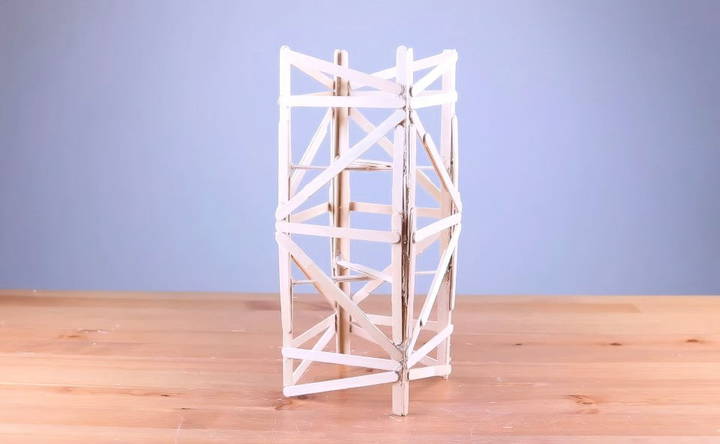
Troubleshooting Common Issues
Building a stable popsicle stick tower may require a few adjustments. Here are solutions to common challenges:
- Tower Leans to One Side: Check that each column is the same height. Small discrepancies can cause instability. Re-measure and, if needed, reinforce with additional bracing.
- Tower Collapses Under Minimal Weight: This usually means that diagonal bracing is insufficient. Try adding more braces or reinforcing existing ones with extra glue.
- Columns Buckle Under Load: If your columns begin to bend or collapse under load, it may be due to insufficient ties. Ensure ties are evenly spaced along the height of the tower for uniform load distribution.
Engineering Principles at Work
Understanding the mechanics behind this popsicle stick tower can deepen your appreciation for engineering design. Here's what you've applied:
- Load Distribution: By connecting columns with ties and braces, you distribute the load across the entire structure, allowing each stick to share the compressive force.
- Lateral Bracing: Diagonal braces provide lateral stability, preventing individual columns from buckling under weight.
- Compression Resistance: Popsicle sticks are weak in compression alone but, when placed in a structured configuration, can bear significant weight. This tower design maximizes the sticks' potential to resist compression effectively.
Final Thoughts: Experiment and Improve
Building a popsicle stick tower is a practical way to explore engineering principles in a hands-on way. Not only do you get to experiment with different structural configurations, but you also learn how real-world engineers design buildings to withstand forces like compression and wind. Try different designs, adjust for height, or experiment with various types of bracing. Each attempt teaches more about what makes structures strong, helping you develop a robust understanding of compression resistance.
FAQs About Building a Popsicle Stick Tower
Discover essential FAQs about building a popsicle stick tower, including tips, materials, techniques, and troubleshooting for sturdy structures.
The specific tower design discussed can hold up to 50 pounds when built with strong lateral bracing and stable corner columns. The actual load capacity depends on precision in building and the quality of materials used.
This tower uses exactly 84 popsicle sticks. Ensure you have enough on hand before starting to avoid gaps or weakness in the structure.
While similar in appearance, this popsicle stick tower is designed to test compressive load resistance rather than to function as a scaffold. A scaffold is built to provide safe, temporary support for people and materials during construction, whereas this tower is a structural experiment.
Start by focusing on making even, stable columns and use plenty of glue to ensure they hold. Using a level to keep the structure straight and adding diagonal bracing are essential. Also, let each section dry completely before moving to the next for better stability.
Leaning or collapse can result from uneven columns or weak bracing. Double-check that columns are the same height and add more ties or diagonal braces to improve stability. Using a flat surface during assembly helps prevent leaning.
Yes, hot glue can be a good alternative as it dries faster, which can speed up assembly. However, wood glue tends to provide a stronger bond for the long term, especially if the tower will bear significant weight.
Increasing the number of diagonal braces and horizontal ties can greatly enhance strength. Experimenting with additional braces, particularly at the top and bottom levels, will help the structure resist more weight without buckling.



